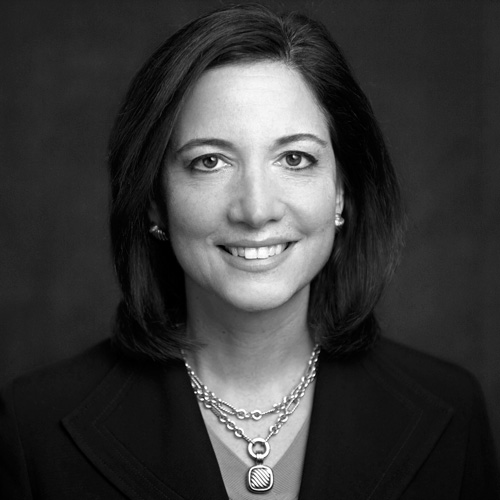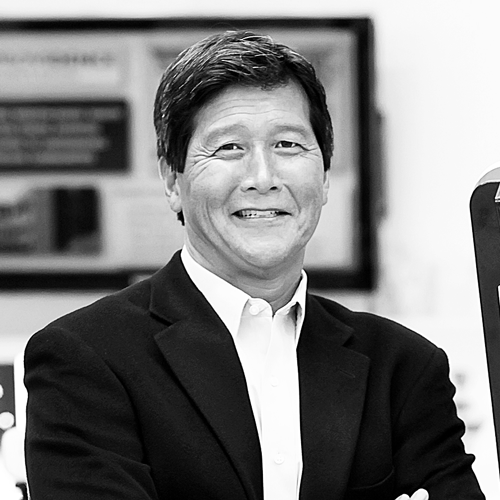When Susi Takeuchi took the reins of the human resources department at the University of California, Irvine Medical Center three years ago, the organization was in the process of going through major changes under new leadership. There was almost an entirely new C-suite and a new focus for the organization. However, the HR department was still working with the old model. “The department wasn’t going in the direction that was leading the rest of the organization,” Takeuchi says.
Not surprisingly, the department was not well respected within the medical center. “I polled our internal clients to find out the reputation of the HR department,” Takeuchi says. “I got a consistent answer of, ‘HR doesn’t care what we want; they tell us what they’re going to do, and if we don’t like it, too bad.’” When she asked her clients to rate HR on a scale from one to ten, the average was 3.7. She realized that there was some major work to do.
Engaging Employees
The Challenge
With the task of making the human resources department a valuable and important piece of the medical center, Takeuchi was faced with changing a culture of apathy. “When I got here, HR was very compliance- and administrative-focused,” she says, “and missing opportunities to be more strategic in managing the talent and culture of this organization.”
The Solution
One of the first things Takeuchi did was to put a strategic plan in place that the department worked on as a team. Every single work group within HR went through a transformation. Instead of just focusing on compliance and administrative tasks, she reframed the department as a client-focused, strategic partner that provides consultation to achieve the broader goals of the organization.
A great example of that transformation was in the area of talent acquisition. In the old model, HR just directed prospective employees to the employment website and passed résumés to the hiring managers. The new HR department actively sources and prescreens new talent, understands the needs of the department, and works with the hiring manager to identify key qualities and areas of expertise needed to fill specific roles. “All this consulting wasn’t happening before,” Takeuchi says.
The Outcome
Since implementing a new framework and focus for the HR department, Takeuchi’s team experienced an 80 percent turnover in staff with a fresh, client-focused outlook. This past year, she polled the organization to find out how effective they rated the HR department, and the result was a nine out of ten. “We’re all on the same page now,” Takeuchi affirms.
Creating Leadership Opportunities
The Challenge
When Takeuchi entered the organization, there was no real leadership program or succession planning in place for employees. This made it hard for leaders to feel they had a future beyond their current role and to understand their trajectory within the organization, ultimately impacting employee retention and engagement.
The Solution
Takeuchi started at the director level to assess leadership talent. She put into place a nine-box assessment for the C-suite to evaluate where their directors stood in relation to their performance and potential. “This helped us understand who the really high-performing and high-potential people were and how to create a development plan to nurture them as leaders,” Takeuchi says. Next year, the organization is rolling out the plan at the manager level.
In tandem with the nine-box assessment, development dialogues with directors are occurring around the “70/20/10” model. The model is based on the idea that 70 percent of one’s development and career advancement experience comes from learning on the job, 20 percent from observation and coaching, and 10 percent from coursework.
“We wanted to shift the attitude around training courses from just something they had to complete for a requirement to a valuable lesson that could be directly applied on the job,” Takeuchi says. Doing so helped to make the most out of the new learning programs offered for employees.
The Outcome
The leadership development plans have helped human resources to prioritize its training and development efforts to make sure it is investing in the right people to lead the organization. It also sets a clear path for those in training to take on leadership roles.
“I would love to see a pipeline of leaders sitting on the bench ready to move into jobs,” says Takeuchi, who sees the broader goal just a step ahead. “I feel like we’ve got the foundation laid. Ultimately, when you have a leader in place who can train a talented successor, it creates a positive impact because there are no holes in the leadership of the organization.”
HR as Strategic Partner
The Challenge
The biggest hurdle that Takeuchi faced when she entered her position at UC Irvine was fundamentally changing the purpose of the HR department, from being “paper pushers” and “order fillers” to an integral part of advancing the mission of the medical center.
The Solution
“One of the key things we’ve done is aligning people in HR specifically with client groups so that they have a person they can turn to as their internal HR business partner,” Takeuchi says. She explained the new structure to internal clients, aptly, in medical terms. Think of your HR business partner as your primary-care physician, she told them. Either they can consult with you on finding HR solutions to your business issues or refer you to an HR subject-matter expert who can.
Each client’s assigned HR business partner started to attend their meetings to better understand their business, in order to advise and support their clients. That laid the foundation of HR being a strategic partner that could help each assigned department reach its business objectives.
The Outcome
“I know from experience that HR is the group that can really help an organization be successful,” Takeuchi says, noting that they are now able to fulfill that role by providing guidance to their 4,700 supported employees.
“Right now we’re feeling really good,” Takeuchi says of the mood in the HR department. “I asked every HR employee to rate us between one and ten. We rate ourselves a 7.6. I love that our clients rate us a nine out of ten, but I’m glad we rated ourselves lower—because we know we have room to grow.”
Editor’s Note: At time of press, Susi Takeuchi accepted a new position at UCLA.

